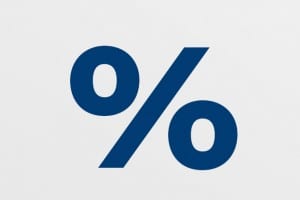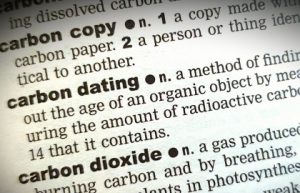Wednesday, 29th of April
More and more paint manufacturers mention the share of biobased raw materials of their paints on packaging, product information and websites. In itself a good thing: the more use they make of renewable raw materials, the better. But what exactly does such a content say? And what should you pay attention to when comparing the different percentages and compositions of paint products? We explain it in this blog.
Author: Ron Hulst, Manager R&D Royal Van Wijhe Verf
Paint consists of various ingredients such as pigments, fillers, preservatives, binding agents and solvents and/or thinners. In the case of biobased paints, the petroleum-based raw materials (mainly binding agents and solvents) are partly replaced by rapidly growing renewable materials. And all this while maintaining the quality and processing properties of the paint, that is the starting point.

Calculate or measure
To be able to assess and compare the biobased content of paints, you need to know how it has been calculated or measured. For this purpose, different methodologies are being used, which give different results.
It will come as no surprise to anyone that paint producers often use the method that is most favourable to them. And that is quite confusing, because by doing so the apples and pears are scattered all over the shelf.
Material balance methodology
The first way to achieve a biobased content is to calculate it. In this case, the results of a whole (production) process are examined, in which the incoming and outgoing flow of renewable materials is offset against each other. Eventually, a percentage that can be allocated to products will result from this. Even if a certain product contains hardly any recoverable raw materials. Complicated? Quite. Yet it’s an accepted method in Germany, among other countries.

Koolstofdatering
Instead of calculating a biobased content, you can actually measure it in the product itself. This can be done by means of carbon dating or 14C analysis. A method that is also used in archaeology and art history to determine the age of objects and (raw) materials. In that case, based on the content, it is determined what percentage of the material consists of raw materials younger than 10 years. These are the vegetable crops, or renewable raw materials. This measuring method is more specific than the material balance methodology and can be verified by everyone. However, there is a catch here too. For from what basis do you calculate the biobased percentage?
TOC or TC
You can determine a biobased content as a percentage of only the organic carbons in the paint ( binding agents and solvents) or as a percentage of the total paint including pigments, fillers etc. A number of paint manufacturers use the first method, the Total Organic Carbon percentage (TOC). Other manufacturers, including Koninklijke Van Wijhe Verf choose the second method, the Total Carbon Percentage (TC).
This explains why some brands claim a higher biobased content than others. Therefore, in the case of surprisingly high biobased percentages, always check the methodology used and then judge the outcome on its value.

Biobased content versus CO2 footprint
Finally, the question remains to what extent the biobased content says something about the sustainability of a product. It says something about the recoverability of the raw materials, that’s for sure. But a high biobased content does not automatically mean a low(er) CO2 footprint.
A sustainable paint is a sum of three factors: biobased raw materials, a long lifespan and the lowest possible CO2 footprint.



